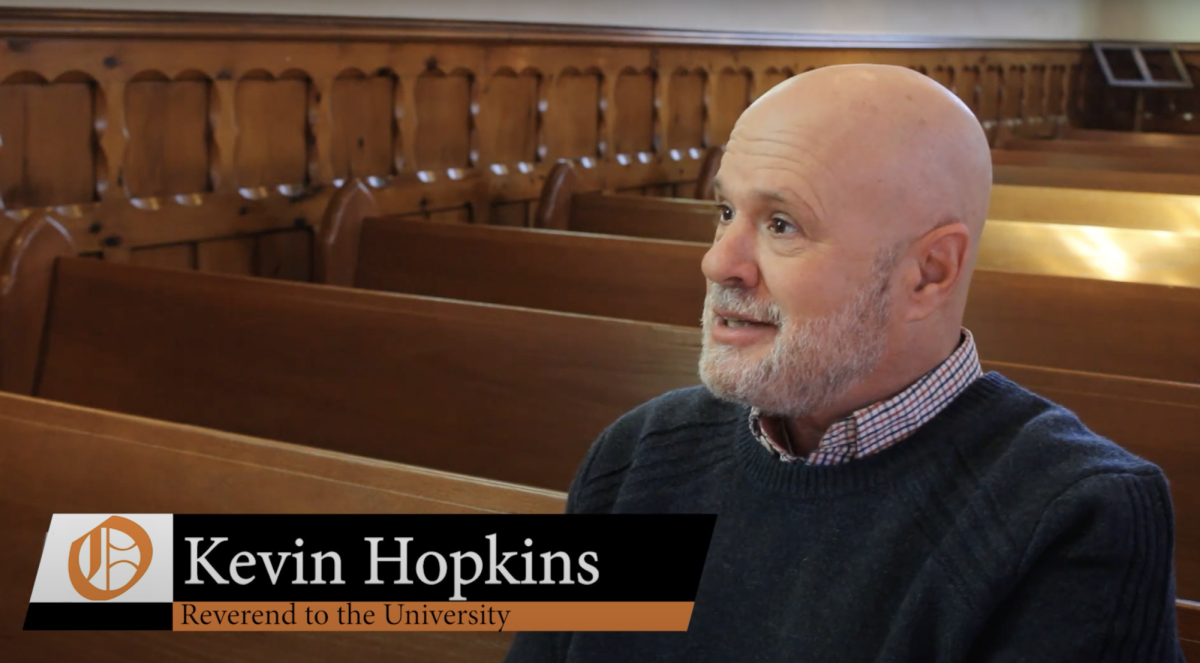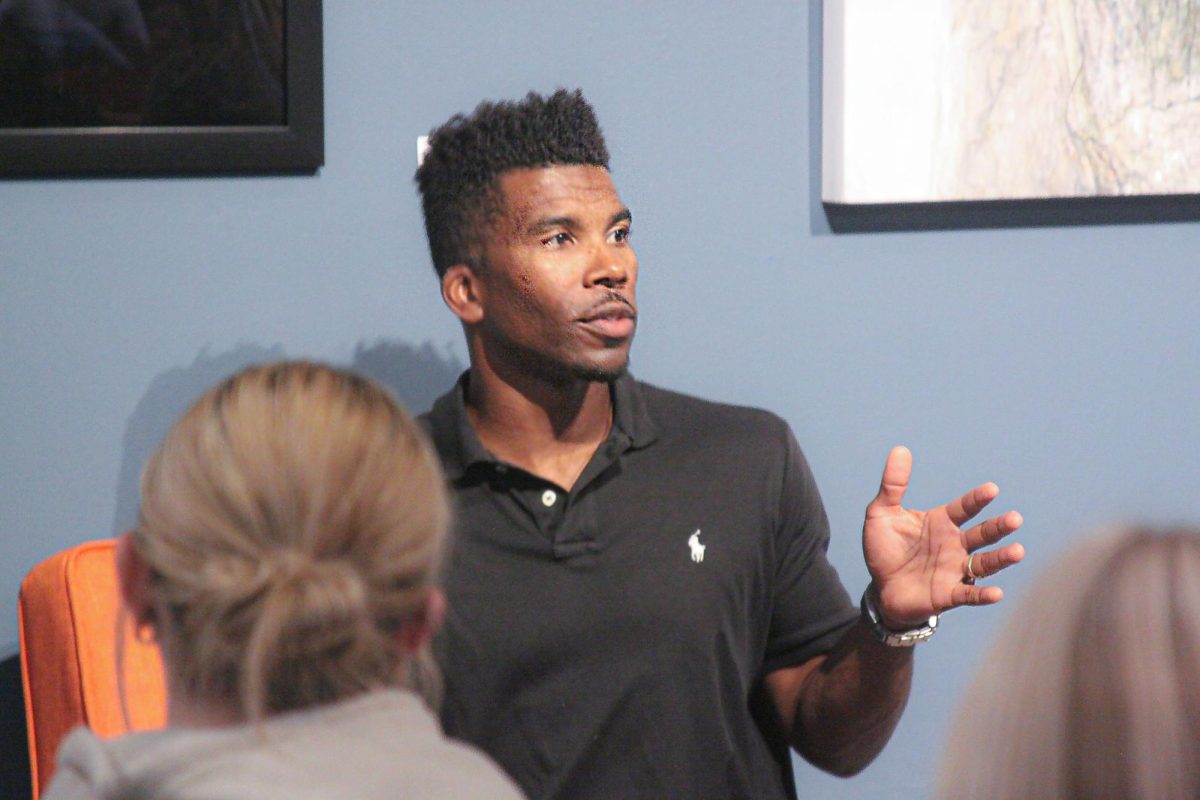Not many will question that it takes a great deal of athleticism to be a two-time Super Bowl champion, a baseball player with the fifth most home runs all-time and a seven-time Tour de France winner.
However, the three athletes who have achieved those feats have been in the spotlight for how they rose to be among the best at their respective sports.
Related Stories
NAIA should address doping concerns
BU enforces drug tests despite no NAIA policy
Ray Lewis, Alex Rodriguez and Lance Armstrong are arguably three of the most renowned athletes of the past two decades and history in general, but the headlines they have in common over the past few weeks have all linked them to using performance-enhancing drugs.
Millions of viewers tuned in to watch Armstrong confess to blood doping and using performance-enhancing substances during his professional cycling career in a two-part interview with Oprah Winfrey.
Professional cycling had already lost a great deal of credibility with numerous incidents of its athletes blood doping and using illegal performance-enhancing substances dating all the way back to the late 19th century. Armstrong single-handedly kept people interested in cycling as he won seven straight Tour de France titles, after battling back from cancer, but his admittance to cheating will make it difficult for neutral sports fans to respect professional cycling again.
There aren’t many athletes who have been hounded by the media more than Armstrong recently, but Lewis, the now-retired linebacker for the Super Bowl champion Baltimore Ravens, is one of them.
Lewis missed 10 games of the regular season with a torn right triceps before returning to help lead the Ravens to their second Super Bowl in franchise history.
Controversy stirred up on Super Bowl Media Day when it was announced that Lewis had contacted a company named Sports with Alternatives to Steroids to help recover from his torn triceps. S.W.A.T.S. produces deer-antler spray, which has a substance called IGF-1 that is banned by the NFL. However, IGF-1 isn’t able to be detected by an NFL drug test.
If IGF-1 is banned, but not able to be traced in a drug test, how many other players could be using illegal substances that can’t be detected?
Lewis might be able to “ride into the sunset with his second ring” and evade more speculation about using deer-antler spray, but his hunger for media attention will only increase the likelihood of further suspense.
The news regarding Lewis came one day after several major league baseball players made headlines for being associated with an anti-aging clinic called Biogenesis, which was shut down for distributing various steroids and performance enhancers.
Alex Rodriguez, Melky Cabrera, Gio Gonzalez, Bartolo Colon and Nelson Cruz were listed in the article published by the Miami New Times.<br/>
The report was further damaging to Rodriguez, who claimed he used PEDs when he played for the Texas Rangers, and Cabrera, who was suspended for 50 games last season for using steroids.
Cabrera, Gonzalez, Colon and Cruz have had success in their careers, but not comparable to that of Rodriguez, or A-Roid as I prefer to call him.
A-Roid’s numbers are certainly Hall of Fame worthy, but so are those of Roger Clemens, Barry Bonds, Mark McGwire, Sammy Sosa and Rafael Palmeiro, who were all on the ballot to be elected into the 2013 class.
All of those players have been linked to steroids or different PEDs, but none came close to receiving the 75 percent of the votes needed to be elected.
Whether it be baseball, football, cycling or underwater basket weaving, the only place for those who use banned substances to gain a competitive edge is a Hall of Shame.
Some athletes will continue to find PEDs to take and many might even get away with using them, but no matter how big someone’s body stature could get, no one will ever be bigger than their own sport.







